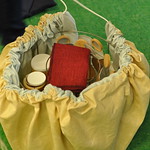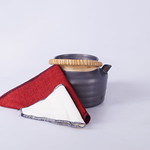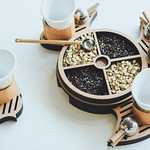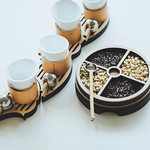Our lives are a collection of rituals. The way we wake up, the way we leave or enter our home, the way we prepare our suitcase before going on a trip are just simple examples of the many rituals each of us have constructed and that structure our everyday lives. These rituals are not rigid procedures, but a seemingly established series of activities from which experiential meaning emerges, and by which personal values are expressed.
The aim of this course is to address these qualities embodied in rituals from an interaction design perspective, and to explore the relation between the designed artefacts and the rituals they are involved in. Through this exploration, we will gain insights in the reciprocal nature of these influences between the artefacts and the ritual (and by extension the experiential meanings and the expressed values). The final discussion will address the merits of addressing rituals in interaction design, and how to design for meaningful rituals.
To address this course through a project, we will first turn to a Japanese tea ceremony, which is one of the most elaborated and rich rituals and one of the pillars of the Japanese craftsmanship culture. By extracting key characteristics of this ritual, we will start a design exploration to conclude with a concept at the end of the first week. The entire module focuses on one ritual (to be decided), and each group will focus on one artefact within this overarching ritual. The second week focuses on opportunities of a series of prototyping iterations to reach details. Each of them being concluded by a discussion on the reciprocal influences between the artefacts and the ritual and the implication on the interaction design process. The final day will close the module by a demonstration of the ritual with the newly designed series of artefacts.

























